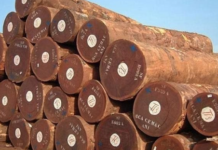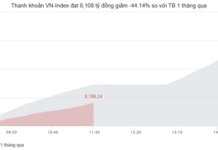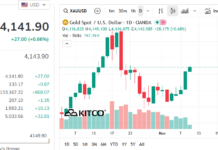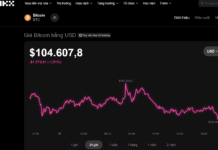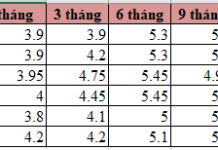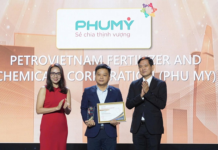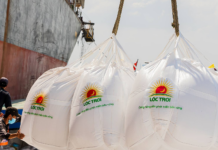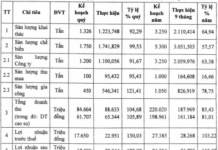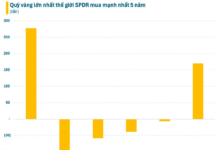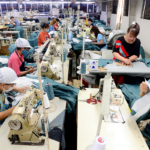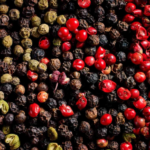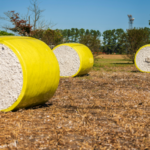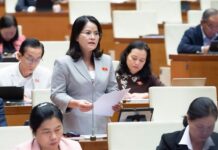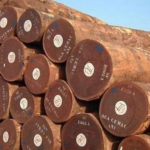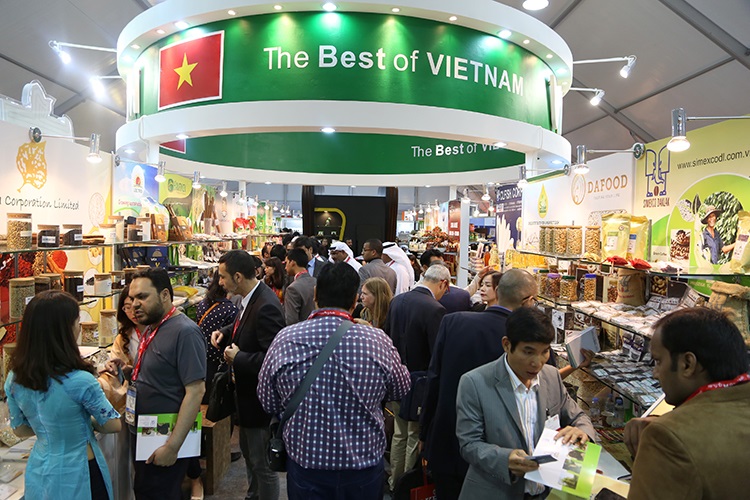
Implementing large-scale, industry-specific trade promotion programs in key markets such as the EU, USA, China, Japan, South Korea, ASEAN, India, the Middle East, Africa, and Latin America…
|
The directive highlights that over the past period, the Government and the Prime Minister have issued numerous directives, and the Ministry of Industry and Trade, along with other ministries, agencies, and localities, have made efforts to implement synchronized and effective solutions to promote exports and market expansion. As of September 15, 2025, the total import-export turnover of goods nationwide reached USD 637.21 billion, a 17.2% increase compared to the same period last year; exports reached USD 325.26 billion, up 15.8%, and imports reached USD 311.95 billion, up 18.8%; the trade surplus was USD 13.3 billion.
However, amidst a complex and unpredictable global situation, marked by strategic competition, conflicts, instability in certain regions, and countervailing duties from the USA, export activities in the coming period will face numerous challenges.
To proactively and flexibly adapt to the global and regional situation, continue promoting exports and developing foreign markets, and achieve the export growth target of over 12% in 2025, contributing to the economic growth target of 8.3-8.5% in 2025 and double-digit growth in subsequent years, the Prime Minister requests ministers, heads of ministerial-level agencies, government agencies, other central agencies, and chairpersons of provincial people’s committees to focus on leading, directing, and implementing the following key tasks and solutions:
Ministry of Industry and Trade to chair and coordinate with relevant agencies
Monitor and closely follow market trends and trade policies of countries and partners to proactively implement solutions within their authority or propose to competent authorities flexible, timely, and effective measures to promote exports and promptly resolve arising difficulties and obstacles.
Promote the effective utilization of signed Free Trade Agreements (FTAs), focusing on business connectivity, trade promotion, and supporting businesses in leveraging opportunities from FTAs; actively negotiate and sign new FTAs to open up potential markets such as the Middle East, Africa, Latin America, Central Asia, Eastern Europe, India, Pakistan, and Brazil; accelerate negotiations and signing of two FTAs between Vietnam and Mercosur and GCC in Q4 2025. Continue to implement decisive and synchronized solutions to diversify markets, products, supply chains, and raw material sources for production and export.
Continue negotiating the Trade Agreement with the USA as directed by competent authorities, the Government, and the Prime Minister.
Implement large-scale, industry-specific trade promotion programs in key markets such as the EU, USA, China, Japan, South Korea, ASEAN, India, the Middle East, Africa, and Latin America; diversify effective trade promotion methods, linking trade promotion with domestic production and export development, and enhance e-commerce and digital transformation. Direct trade offices, trade promotion agencies, and Vietnamese product introduction centers abroad to strengthen support for Vietnamese businesses in providing market information, consulting, trade promotion, connecting exporters, importers, and distributors in local markets, and promoting products and brands.
Enhance trade promotion activities for selective imports of raw materials, components, equipment, and technology to support domestic businesses in improving production capacity, increasing product value for export, and contributing to balancing the trade balance in various markets.
Strongly reform and simplify administrative procedures, enhance decentralization and authorization; increase digitalization and minimize administrative procedures related to import-export goods; develop diverse value-added logistics services to meet domestic and international needs. Strengthen industrial promotion activities, connect domestic businesses with foreign-invested enterprises, and encourage domestic businesses to participate in the supply chains of foreign-invested enterprises.
Ministry of Agriculture and Environment to chair and coordinate with relevant agencies
Promote the production of agricultural inputs such as plant and animal varieties, fertilizers, plant protection products, and animal feed to achieve domestic self-sufficiency, contributing to harmonizing the trade balance with major countries and partners. Enhance research and development of new varieties, apply biotechnology in breeding new, distinctive products, and post-harvest preservation to create unique value for agricultural products, gaining a competitive edge in exports compared to rivals. Improve the quality of Vietnamese agricultural products, ensure clear geographical indications, and produce low-carbon products.
Negotiate market access and mutual recognition of food safety standards to open markets for Vietnam’s strong fruits and vegetables. Collaborate with industry associations and businesses to strengthen raw material regions, enhance preservation and processing, especially deep processing, to increase export value.
Compile and publish materials and handbooks on technical standards, food safety, SPS, and market regulations related to agricultural, forestry, and aquatic exports to markets such as China, the European Union, USA, Japan, South Korea, India, Australia, and New Zealand, with a focus on improving export product quality.
Ministry of Finance to chair and coordinate with relevant agencies
Amend mechanisms and policies within their authority or propose to competent authorities to further improve the investment and business environment, removing unnecessary business barriers.
Direct customs authorities to collaborate with relevant units in managing and controlling the quality of goods during customs procedures, preventing the import of low-quality goods, intellectual property violations, and origin fraud…
The Ministry of Foreign Affairs to chair and coordinate with relevant agencies to promote political and diplomatic measures, continue monitoring global and regional situations, especially in trade and investment; build, consolidate, and strengthen good relations with countries, particularly major powers and Comprehensive Strategic Partners, based on trust, sincerity, and harmonized interests; enhance economic diplomacy, market expansion, and support businesses in effectively promoting exports, investment, and business in foreign markets.
The Ministry of Construction to chair and coordinate with the Ministry of Industry and Trade, provincial people’s committees, and relevant agencies to develop and upgrade transport infrastructure, warehouses, deep-sea ports, and logistics centers along routes and corridors connecting Vietnamese ports with other countries to meet import-export needs; focus on developing inland waterway transport in the Mekong Delta, various logistics services, and attracting investment in international transport services to reduce logistics costs. Continue implementing solutions to enhance the capacity and market share of Vietnamese maritime transport enterprises in handling import-export goods.
The Ministry of Science and Technology to chair and coordinate with relevant agencies to strengthen measures to protect intellectual property and geographical indications for Vietnam’s potential export products in key foreign markets; enhance communication, training, and education on intellectual property for import-export businesses.
The State Bank of Vietnam to chair and coordinate with relevant agencies to flexibly manage exchange rates, harmonize them with interest rates, and stabilize the Vietnamese currency’s value; research and develop monetary and banking connectivity in line with international commitments and laws, supporting trade and investment with partner countries, ensuring stability, and minimizing risks in cooperation.
People’s Committees of provinces and centrally-governed cities
Proactively review and substantively resolve difficulties and obstacles for each business and investment project as regulated, especially large projects with foreign investment from important markets. Attract large multinational corporations to invest in export production projects, prioritizing large-scale, high-tech, competitive projects capable of participating in the global value chain; selectively attract investment.
Strengthen linkages and information sharing among localities on production, seasons, output, harvest, and export situations to cooperate in identifying transparent and beneficial agricultural and aquatic product markets for farmers and businesses, and promptly resolve arising difficulties and obstacles.
Local people’s committees with border-exported agricultural products to regularly update information and situations from border provinces to advise farmers, production facilities, and export processing businesses on proactively planning production, packaging, delivery, and export of goods, avoiding congestion and other adverse effects. Minimize administrative procedures related to import-export activities, ensuring smoothness, speed, and convenience.
Industry Associations
Enhance market information for members to improve proactiveness and risk prevention in market fluctuations; inform members about modern management models, the importance of product design innovation and diversification, quality improvement, and brand building in international markets.
Play a role in linking members and representing them to protect their legitimate rights and interests in international trade; effectively act as a bridge between state management agencies and businesses, coordinating and supporting state management agencies in organizing training and receiving trained labor.
Promote formal exports linked to product brand building, focusing on developing niche markets to diversify export markets.
Import-Export Enterprises
Organize flexible and effective production and business plans; promptly propose and recommend to competent authorities solutions to difficulties and obstacles in production, business, and import-export activities.
Focus on investing in machinery, equipment, and applying scientific and technological advancements to improve product quality, create new, green, and environmentally friendly products, and achieve international certifications to meet the increasing demands of export markets.
Continue flexible production and export; promote formal exports linked to product brand building, focusing on developing niche markets to diversify export markets and supply chains.
The Government Office to monitor and urge according to assigned functions and tasks; report to competent authorities on issues beyond their authority.
– 09:55 24/09/2025
Vinatex and Leading Garment Enterprises Unveil Q4 Strategic Plans
Despite mounting tariff pressures from the United States, Vietnam National Textile and Garment Group (Vinatex, UPCoM: VGT) and its subsidiaries are reporting positive signals: Viet Thang estimates a 9-month profit exceeding 8% of the annual plan, Hanosimex has secured 85-90% of orders until November, and Phong Phu and Hoa Tho are expanding their international market presence.
Vietnam Poised for 7% Annual Growth from 2026 to 2045, Says UOB’s Suan Teck Kin
In the period from 2026 to 2045, an average annual growth rate of approximately 7% is entirely achievable for Vietnam. This vision can become a reality if the current policies of reform and openness, coupled with robust investment and trade initiatives, continue to be vigorously promoted and effectively implemented.
U.S. Spends Over $10 Billion on Vital Vietnamese Export: Vietnam Surges to No. 2 Globally as Hundreds of Nations Secure Orders
Unveiling a true economic powerhouse, this ‘golden mine’ has single-handedly generated over $26 billion in revenue for our nation since the beginning of the year.



